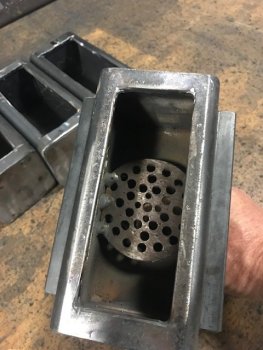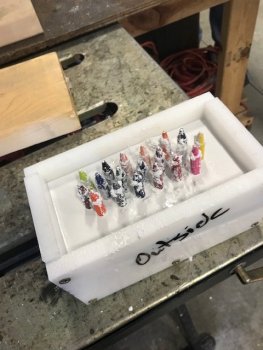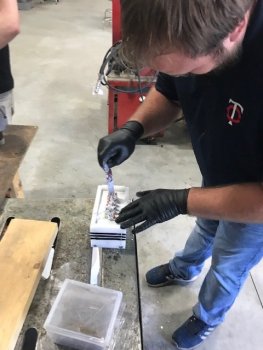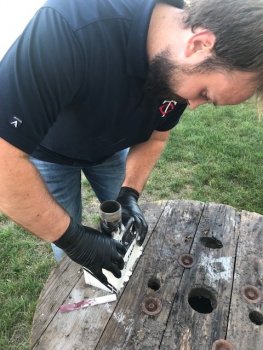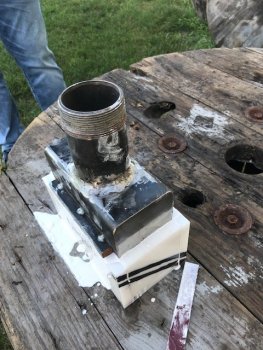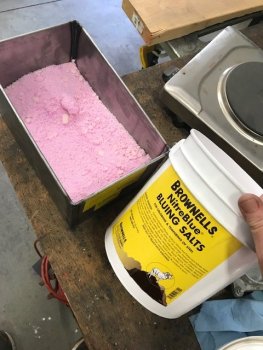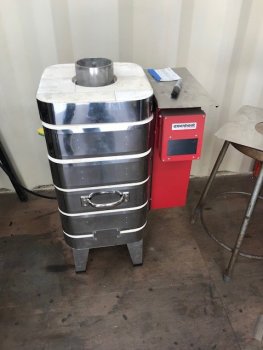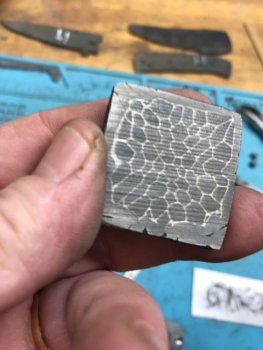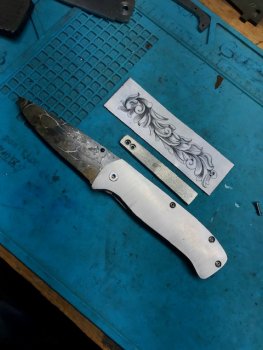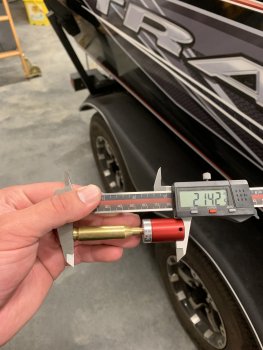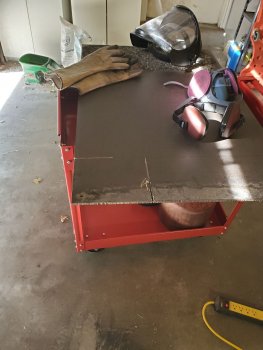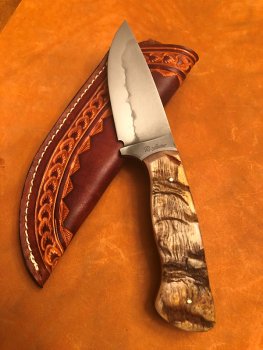This is pretty cool.
I spent 1/2 a day Friday building my new work shop (inside a 16' cargo trailer). Now I do not have to finish my knives in the hot sun. Since I work away from home 95% of the year, I can take this with me and set it up at the RV parks I stay in. I am going to wire it all up to a 30 amp plug and
install an air conditioner next week ( yeah, I'm soft). I will be able to pull up, take my anvil and forge out the back and start making knives!

